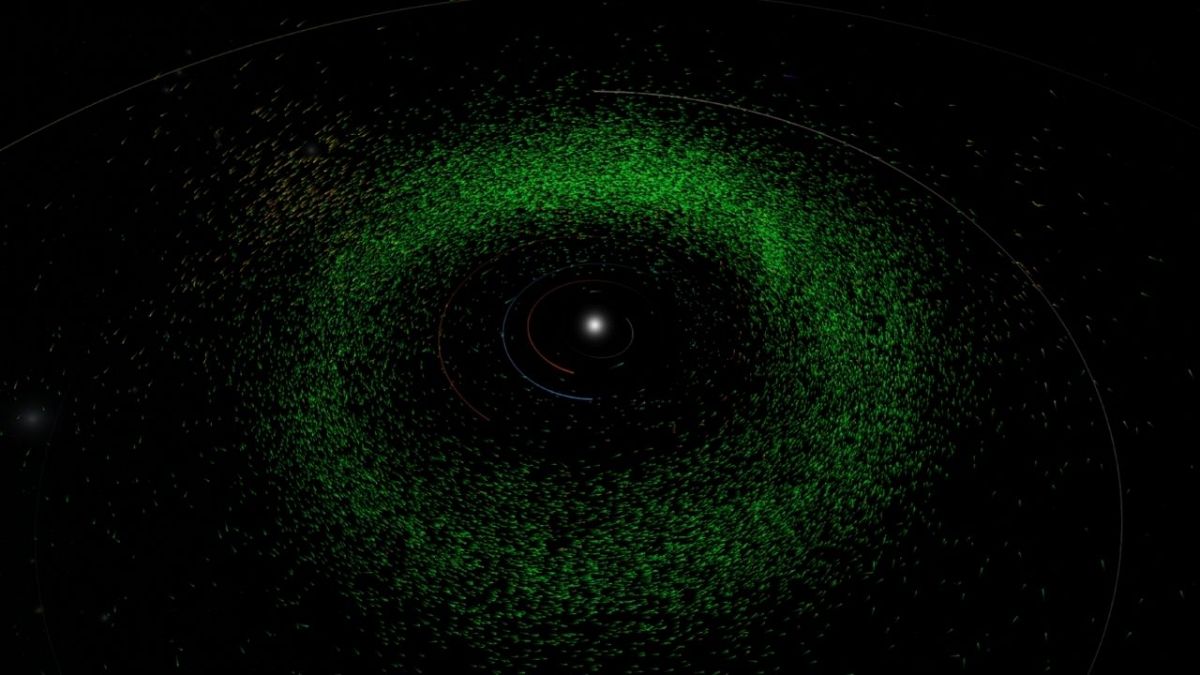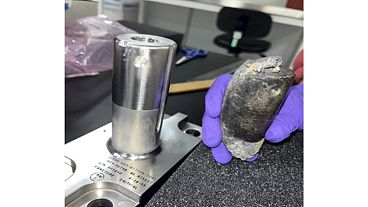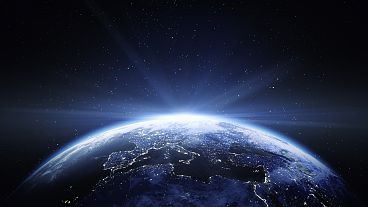The discovery shows how old data and artificial intelligence (AI) might play a crucial role in the future.
Scientists have discovered a new way to identify asteroids that could destroy entire cities on Earth, finding 27,500 newly identified solar system bodies in the process.
A partnership between the Asteroid Institute, the University of Washington in the US, and Google Cloud technology released their findings on Tuesday.
The technology works by using an algorithm to look through old pictures of the night sky, instead of a telescope for asteroids in real time. The algorithm can find patterns that computers and humans are not able to identify.
Scientists say the work has the potential to enable mapping of the solar system and protect the Earth from asteroid collisions, advancing the field of minor planet discovery.
While the majority of the discoveries were asteroids that orbit the Sun in the space between Mars and Jupiter, the Asteroid Institute also pinpointed more than 100 Near-Earth Asteroids whose orbits take them much closer towards Earth.
“What is exciting is that we are using electrons in data centres, in addition to the usual photons in telescopes, to make astronomical discoveries,” said Dr Ed Lu, Executive Director of the Asteroid Institute.
AI reducing human labour
The project findings, which are not based on new observations of the night sky, demonstrate how old data could be used and how artificial intelligence (AI) might play a crucial role in the future.
The research noted that AI automation will be a “crucial step” to scale the work further because verification is “a major bottleneck,” which is currently conducted manually by volunteer high school students, undergraduate and postgraduate students, scientists, and astronomers.
AI automation could reduce the amount of human labour required and the potential for new discoveries could be boosted even more as the technology can run on much larger datasets.
“At Google, we always like hard computational challenges, and Asteroid Institute provided us with complex unstructured data that required heavy computational processing, large tracking requirements and novel AI capabilities,” said Massimo Mascaro, Technical Director, Google Cloud’s Office of the CTO.
“We’re proud to partner with Asteroid Institute to help further scientific discovery and expand our world’s awareness of the beautiful neighbours we have in our solar system”.



